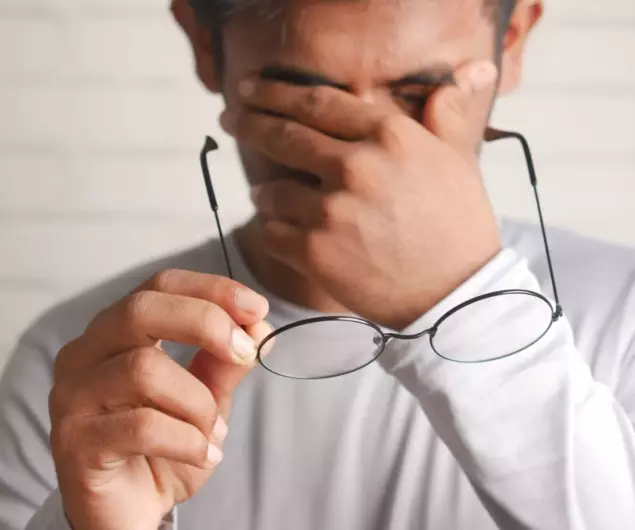
Struggling with headaches? Discover the 10 most effective, doctor-approved treatments for tension, migraine, and cluster headaches and expert insights on prevention and pain relief.
URL: yourwebsite.com/headache-types-treatment-expert-guide
Introduction: Why Do Headaches Happen?
Headaches are one of the most common health complaints—nearly 50% of adults experience them yearly. But not all headaches types are the same. Some feel like a dull pressure, while others cause debilitating throbbing pain.
Dr. Sarah Thompson, a neurologist at Johns Hopkins, explains:
“Headaches can stem from stress, dehydration, nerve sensitivity, or even underlying medical conditions. The key to relief? Identifying the type and treating it correctly.”
In this guide, we’ll break down the three most common headache types (tension, migraine, and cluster), their symptoms, triggers, and doctor-recommended treatments—so you can find lasting relief.
1. Tension-Type Headache (TTH): The “Stress Squeeze”
Symptoms: What Does a Tension Headache Feel Like?
- Pain Quality: Dull, aching pressure (like a tight band around the head).
- Location: Both sides of the forehead, temples, or back of the head.
- Duration: 30 minutes to 7 days.
- No nausea/vomiting (unlike migraines).
Dr. Mark Reynolds, a pain specialist, says:
“Tension headaches are often linked to muscle tightness in the neck and scalp. Poor posture and stress are major culprits.”
Triggers & Causes
✔ Stress & anxiety
✔ Poor posture (desk jobs, phone use)
✔ Eye strain (screen time)
✔ Dehydration & skipped meals
✔ Caffeine withdrawal
Treatment: How to Stop Tension Headaches
A. Medications (Short-Term Relief)
- OTC Pain Relievers: Ibuprofen, aspirin, acetaminophen (use sparingly to avoid rebound headaches).
- Prescription Options: Tricyclic antidepressants (amitriptyline) for chronic cases.
B. Non-Drug Therapies (Long-Term Fixes)
✔ Stress management: Yoga, meditation, deep breathing.
✔ Physical therapy: Stretches for neck/shoulder tension.
✔ Biofeedback: Trains you to control muscle tension.
✔ Acupuncture & massage: Reduces muscle tightness.
Expert Tip: *”If headaches occur >15 days/month, see a doctor—it could be chronic TTH or medication overuse.”* — Dr. Lisa Chen, Mayo Clinic
2. Migraine: The “Thunderstorm in Your Head”
Symptoms: How to Recognize a Migraine
- Pain Quality: Throbbing, often one-sided.
- Severity: Moderate to severe (disrupts daily life).
- Other Symptoms:
- Nausea/vomiting
- Light/sound sensitivity
- Aura (in 25% of cases): Flashing lights, tingling, speech issues.
Dr. Alan Harper, migraine researcher:
“Migraines aren’t just bad headaches—they’re a neurological disorder. Triggers vary from hormones to weather changes.”
Common Triggers
✔ Hormonal shifts (menstruation, menopause)
✔ Certain foods (aged cheese, chocolate, MSG)
✔ Sleep changes (too much or too little)
✔ Bright lights & strong smells
Treatment: How to Stop a Migraine Attack
A. Acute (Fast-Acting) Medications
- Triptans (sumatriptan, rizatriptan) – constrict blood vessels.
- Gepants (ubrogepant) – block pain signals.
- NSAIDs (naproxen) – for mild migraines.
B. Preventive Treatments (If Frequent)
- Beta-blockers (propranolol)
- CGRP inhibitors (erenumab – monthly injections)
- Botox injections (for chronic migraines)
Lifestyle Fixes:
✔ Identify & avoid triggers (keep a headache diary).
✔ Stay hydrated & eat regularly.
✔ Try magnesium or riboflavin supplements.
3. Cluster Headaches: The “Suicide Headache”
Symptoms: The Most Excruciating Type
- Pain Quality: Sharp, burning, behind one eye.
- Duration: 15 mins–3 hours, multiple times/day.
- Autonomic Symptoms:
- Red/watery eye
- Stuffy/runny nose
- Restlessness (pacing during attacks)
Dr. Emily Ross, headache specialist:
“Cluster headaches are rare but agonizing. They strike in cycles, often at the same time each night.”
Treatment: Fast-Acting Relief
A. Abortive Therapies (During Attack)
- 100% Oxygen therapy (inhaled via mask).
- Triptan injections (faster than pills).
B. Preventive Medications
- Verapamil (calcium channel blocker).
- Steroids (short-term use to break cycles).
Surgical Options (For Severe Cases):
- Nerve stimulators (occipital or SPG stimulation).
When to See a Doctor: Red Flags
- “Thunderclap” headache (sudden, severe pain).
- Headache after head injury.
- Fever, confusion, or weakness with headache.
Final Advice from Dr. Thompson:
“Don’t ignore chronic headaches. Early treatment prevents worsening pain.”
Also read : Childhood Stress: How to Spot the Signs & Help Kids Cope – A Parent’s Guide
When to see a neurologist for headaches or migraines :
More about headache treatment.
Conclusion: Take Control of Your Head Pain
Whether it’s tension, migraine, or cluster headaches, effective treatments exist. Track your symptoms, avoid triggers, and consult a specialist if needed.
Remember: You don’t have to suffer in silence, help is available!
Disclaimer: The content on earthdispatches.com is for informational and entertainment purposes only. It is not intended to be a substitute for professional medical advice, diagnosis, or treatment. Always seek the advice of your physician or other qualified health provider with any questions you may have regarding a medical condition.

